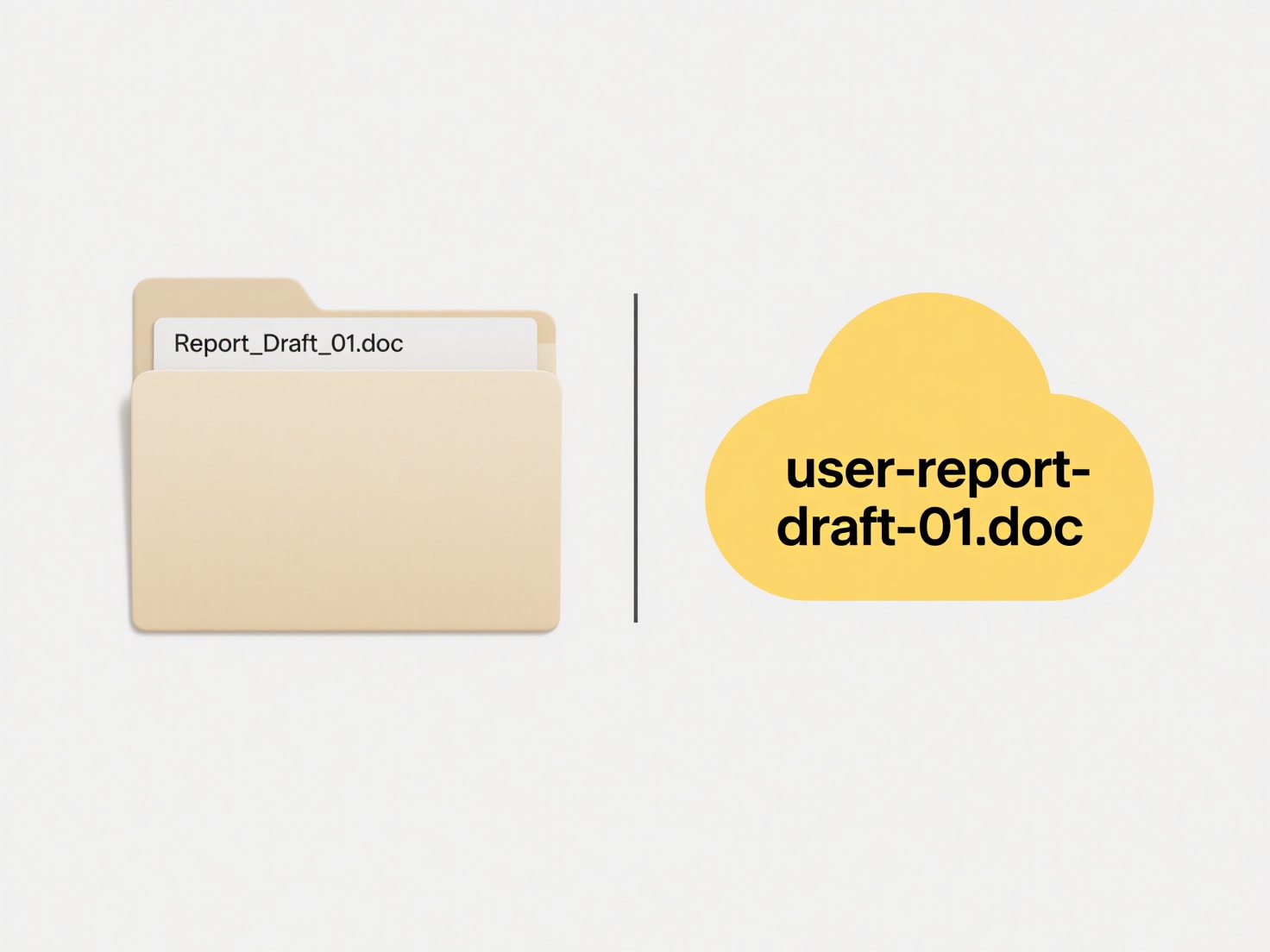
Device-based access control restricts who can open files based on the kind of device (like desktops, laptops, tablets, or smartphones) used to access them. This differs from user-based access control, which restricts by identity. IT administrators configure systems to recognize device types (often via management tools or conditional access policies) and enforce rules, such as blocking sensitive financial spreadsheets from being downloaded onto mobile phones while allowing desktop access.
This is often implemented in corporate and educational environments using Mobile Device Management (MDM) or Enterprise Mobility Management (EMM) platforms like Microsoft Intune or Jamf Pro. Administrators can set policies that, for example, prevent confidential research PDFs from opening on personal Android tablets but allow it on managed company laptops. Cloud storage platforms like Box or Egnyte also offer settings to restrict file previews or downloads based on detected device categories.

This enhances security by minimizing data loss risks when files are accessed on inherently riskier or less managed mobile devices. However, it can hinder productivity if overly restrictive and requires robust device identification methods that can sometimes be circumvented or trigger false positives. Ethical considerations include balancing organizational security with employee privacy when managing personal BYOD devices. Future advancements may see tighter integration with contextual access controls evaluating risk dynamically.
Can I limit file access by device type?
Device-based access control restricts who can open files based on the kind of device (like desktops, laptops, tablets, or smartphones) used to access them. This differs from user-based access control, which restricts by identity. IT administrators configure systems to recognize device types (often via management tools or conditional access policies) and enforce rules, such as blocking sensitive financial spreadsheets from being downloaded onto mobile phones while allowing desktop access.
This is often implemented in corporate and educational environments using Mobile Device Management (MDM) or Enterprise Mobility Management (EMM) platforms like Microsoft Intune or Jamf Pro. Administrators can set policies that, for example, prevent confidential research PDFs from opening on personal Android tablets but allow it on managed company laptops. Cloud storage platforms like Box or Egnyte also offer settings to restrict file previews or downloads based on detected device categories.

This enhances security by minimizing data loss risks when files are accessed on inherently riskier or less managed mobile devices. However, it can hinder productivity if overly restrictive and requires robust device identification methods that can sometimes be circumvented or trigger false positives. Ethical considerations include balancing organizational security with employee privacy when managing personal BYOD devices. Future advancements may see tighter integration with contextual access controls evaluating risk dynamically.
Quick Article Links
Can I apply document classifications in the cloud?
Document classification, the process of organizing documents into categories based on their content, can indeed be appli...
Can I restore the original file after a conflict?
File conflicts occur when multiple users modify the same document simultaneously, causing the system to halt automatic s...
How can I open old file formats in modern apps?
Old file formats refer to digital files created with outdated software versions or applications no longer widely support...